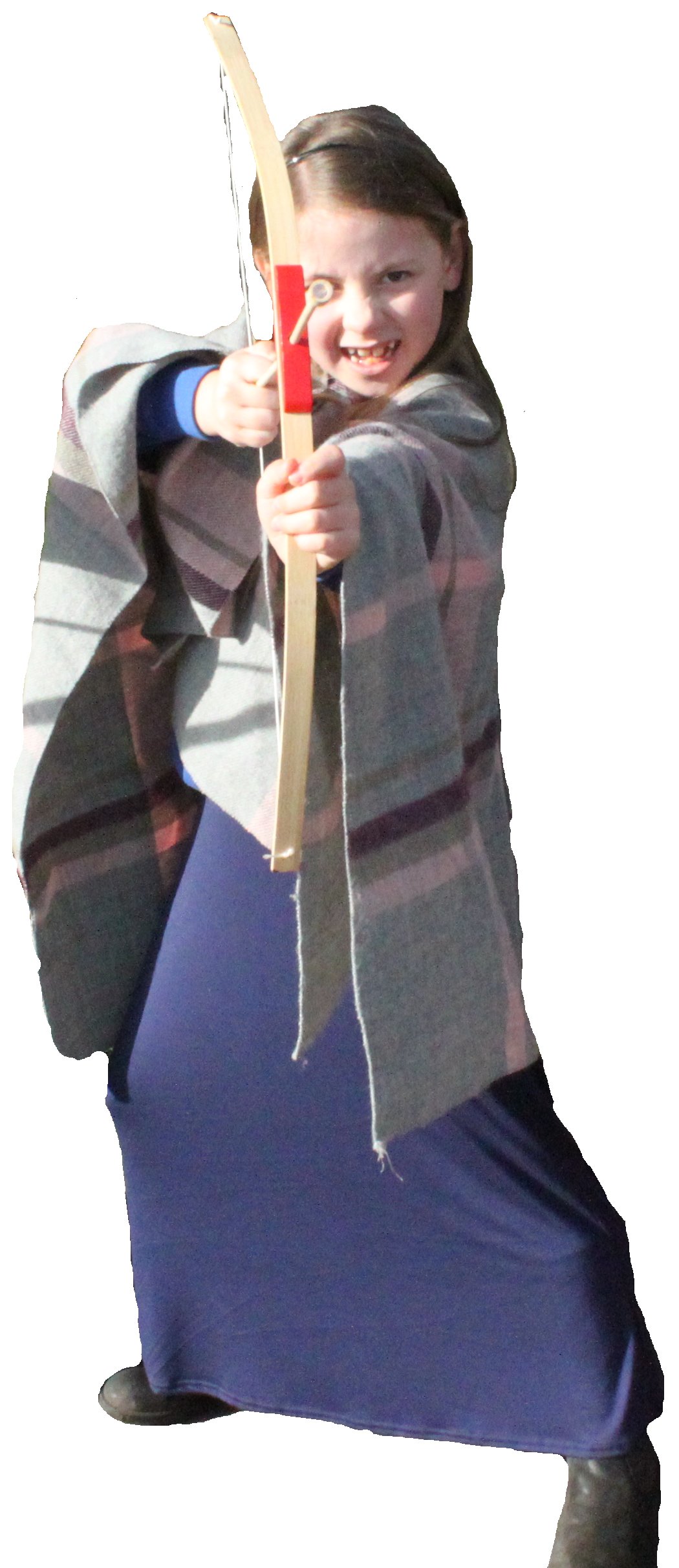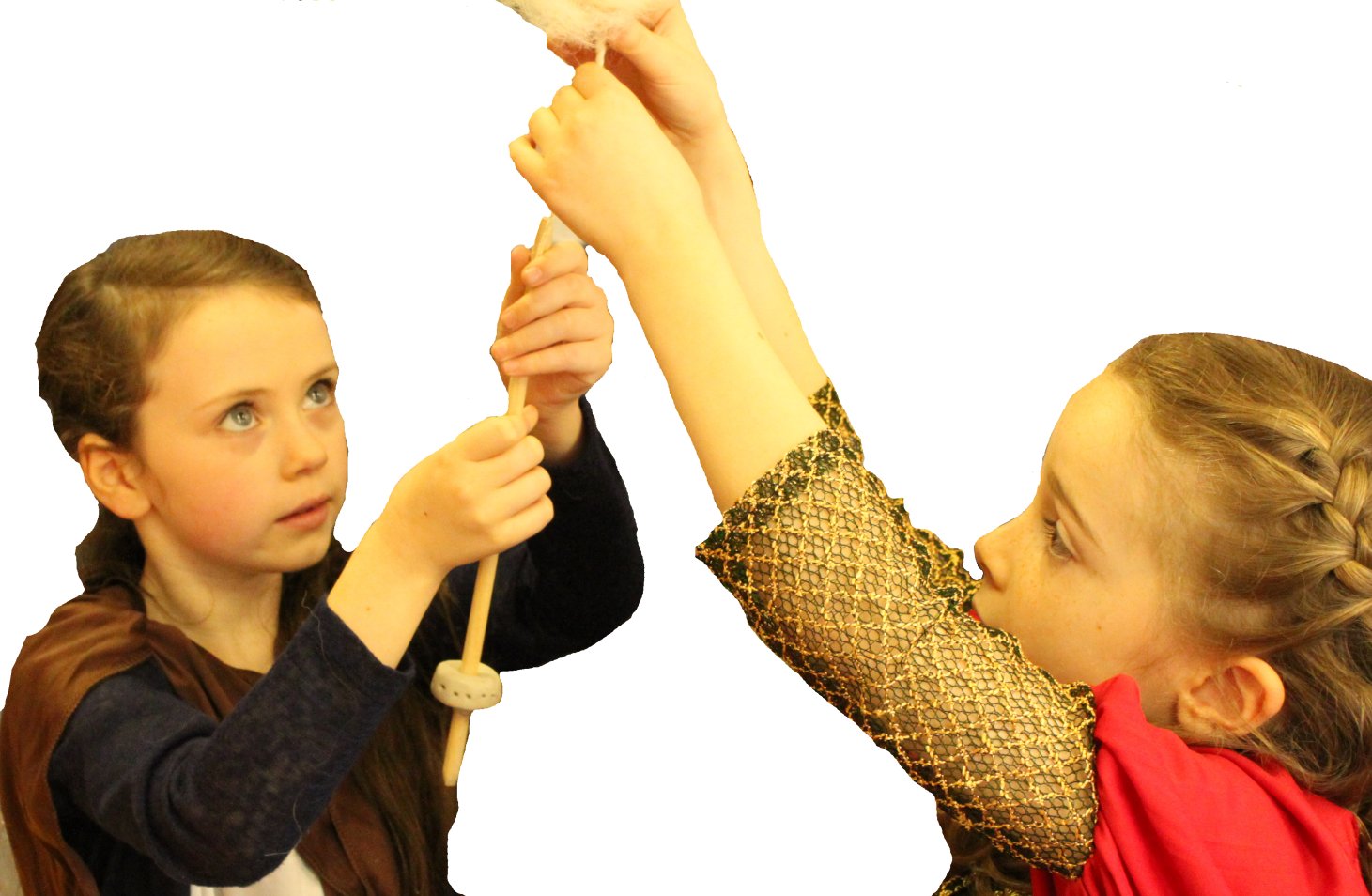Currently, there are three Stone Age to Iron Age workshops which are designed for class sized groups. Children will experience the workshops on a rotation basis. Some workshops are led by Gripping History and some by staff. All resources and materials are provided. Each workshop can be timetable to last between 60 and 90 mins, according to the structures of your school day.


A teacher says 'The model houses were INCREDIBLE! The children were thoroughly engaged and could have spent a lot longer looking at each house. The way that they had half walls etc. in a 3D form was so much more visual and beneficial than the similar style 2D drawings we so often show them to try to show housing. I would say that your models were second only to actually going inside actual sized models.'
'Children loved the models and enjoyed building the Skara Brae-style furniture. Again, a very visual style.'
Hunting and Farming

Following this hunting focus, the children look at the developments in axe technology from the Neolithic to the Iron Age, considering which materials and design came first and which later.
A teacher says 'The children loved using the weapons. The session was very well designed and the looks on the children’s faces when you told them we were going outside hunting were amazing.'
'The artefacts and allowing the children to see the different weapons and handle the arrows was fantastic. The activities with the chair animals was a real highlight of the day and probably the part they will talk about when recalling the day in future years.'
Life at Home

Following this, the children try their hand at drop spinning and then design a cloth pattern for a high status Iron Age family.
A teacher says 'The children found both activities engaging and gave them an opportunity to be ‘hands on’ in a way that would be very difficult to provide in a normal lesson due to the high resourcing needed.'
'Another great session – the practical resources were great – made it very memorable. The notes and slides for the session made it very easy to lead and the competition element of the grinding made for an exciting and engaging session. Both tasks being achievable enough so that the children could have a little bit of success, but difficult enough that they got the impression that life at home would be much harder than in the present day, really helped them to understand the desired learning point.'






